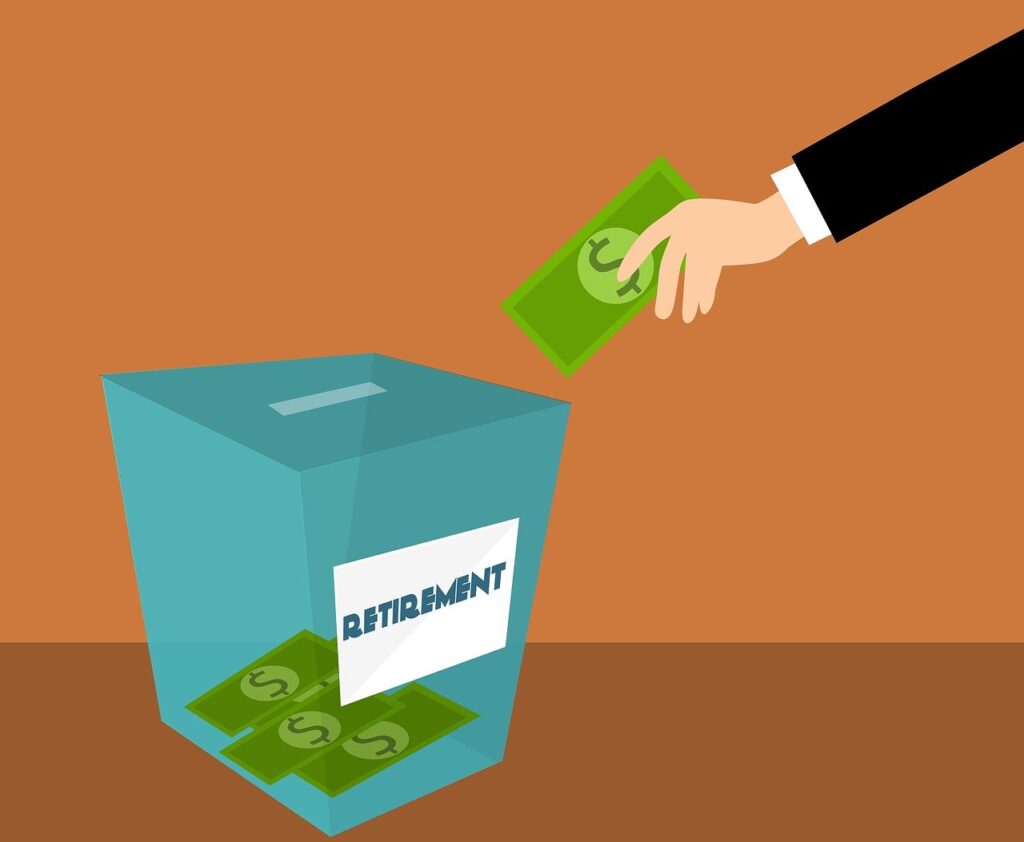
Income Based Housing Types and Benefits
Income based housing comes in different programs, and you could be qualified for a couple of them. Before deciding which income based housing program you would settle for, it is first essential to know how your preferred income based housing program will suit you and your family. Below are some types of low income housing programs that can give you a head start on choosing the right one:
Types of Income Based Housing:
1. Single Room Occupancy (SRO) Housing
There is a housing solution for almost everyone in the United States. Single Room Occupancy is an income based housing targeting low income earners who rent out furnished single rooms. The main reason why this demography wants a furnished room is that they probably have limited disposable income to spend on house furniture.
However, the single-room occupancy program is not available everywhere in the US. They are limited to some selected commercial zones. They intend to provide affordable housing to people working in such zones but do not necessarily have families.
2. Income-Restricted Apartments
The income-restricted apartment program is a part of the United States HUD’s affordable housing initiatives. Rental units that the government uses for this initiative are typically owned privately by a landlords. If a landlord wishes to register their property for this program, HUD requires them to participate for at least 30 years. During this time, they must ensure they renovate these rental rooms per the HUD’s standards.
3. Housing Choice Voucher
The federal government is very concerned about the housing needs of disabled, low-income families and the elderly. Its main program of helping this demography get houses is the Housing Choice Voucher. This income-based housing was formerly referred to as section 8.
Two eligibility criteria determine who qualifies for this federal government-sponsored program. Your first eligibility criterion is to be a U.S. citizen, as the program is limited to U.S. citizens. You only qualify for this program as an immigrant if you have eligible immigration status.
4. Low-Income Housing Tax Credit (LIHTC)
By 2025, the federal government in the United States plans to have reduced homelessness by at least 25%. One way the government intends to do this is by using the Low-Income Housing Tax Credit (LIHTC). Since its creation in 1986, it has proved to be one of the most valuable resources for the U.S. federal government to alleviate housing.
The federal government controls who occupies units that receive LIHTC. One of the federal government’s concerns is that in an area where some housing units are receiving LIHTC, at least 20% of people who earn not more than 50% of the area’s median should occupy these units.
5. Housing for Veterans
Life can be unpredictable, and veterans sometimes find themselves vulnerable to homelessness. The government in the United States used this low income based housing program as an honor of service that a veteran offered in their productive years.
This type of housing goes beyond providing a home and shelter for a veteran. This is because most veterans who suffer from homelessness also have other conditions they are struggling with, resulting in homelessness. Support services like rehabilitation and mental health recovery therapies are offered alongside this housing. If you are such a veteran, this program can help you bounce back to your feet.
6. Permanent Supportive Housing (PSH) Program
Some people could be experiencing homelessness in the short term just because of some income glitches that they get fixed as soon as possible. Others could struggle with chronic homelessness. To help those struggling with chronic homelessness, the PSH program has been one of the most suitable for some time now.
Like the housing for veterans program, this income-based housing provides support services. Demography eligible for this housing program often struggle with mental and other health issues and hence need recovery support services.
Benefits of Income Based Housing
1. Legal protection of tenants: tenants’ rights are enforced to protect citizens and immigrants who reside in these income based housing units. For instance, some laws ban sudden eviction of tenants from such property.
2. Access to support services: Some of the income based housing programs are available with support services at the side. If one is struggling with mental or any other health conditions, they can also get help for these conditions.
Drawbacks of Income Based Housing
1. Limited availability: Many people are looking to get their hands on an income based housing unit. There is high demand than supply, leading to long waiting list. One could potentially suffer homelessness as they wait for a vacant unit.
2. Poor quality: Some of these units are poorly maintained. This lowers the occupants’ quality of life for each of these housing units. When there is too much negligence in maintenance, occupants could develop illnesses due to unsafe environments in their housing units.
Final Thought
Income based housing is the way for the United States to reduce homelessness of her people. As a land of unlimited opportunities, accessibility of low income housing units should not be too much limited. If the government wants to alleviate homelessness by 25% by 2025, it must work towards making more units available under this program. It must also enforce standards for all available rooms.
